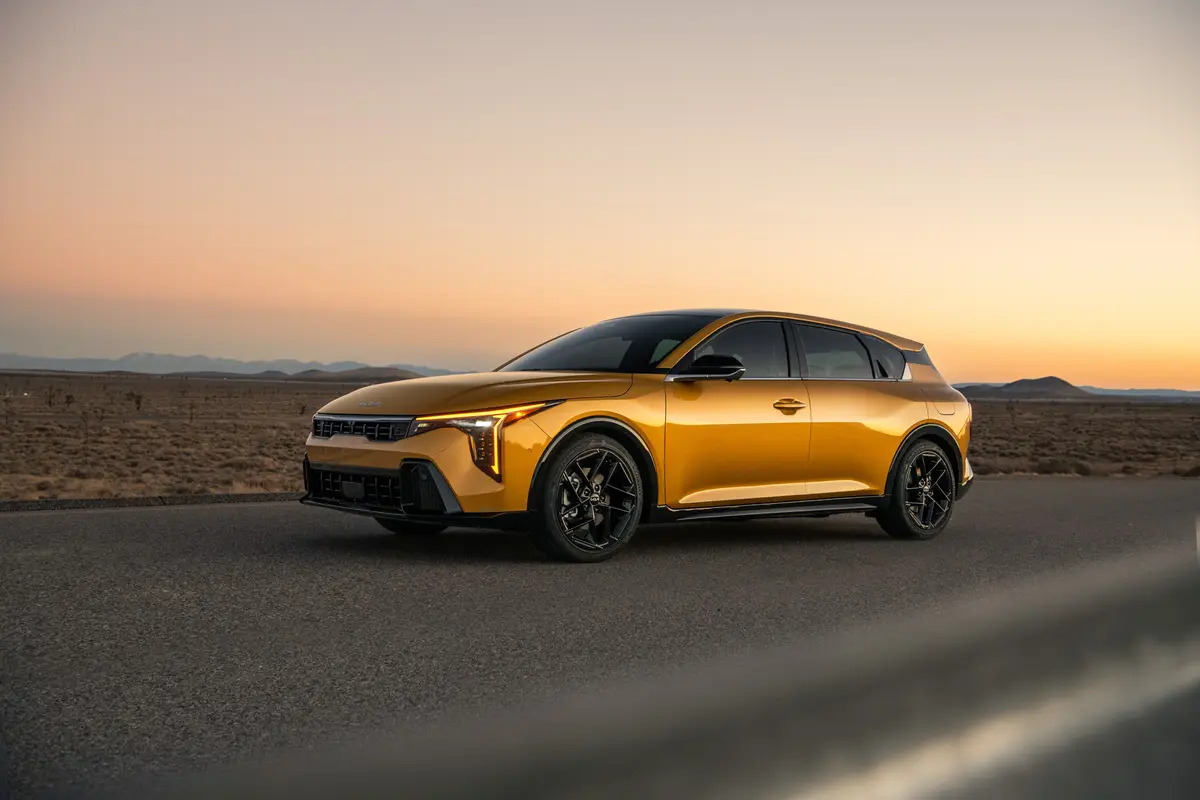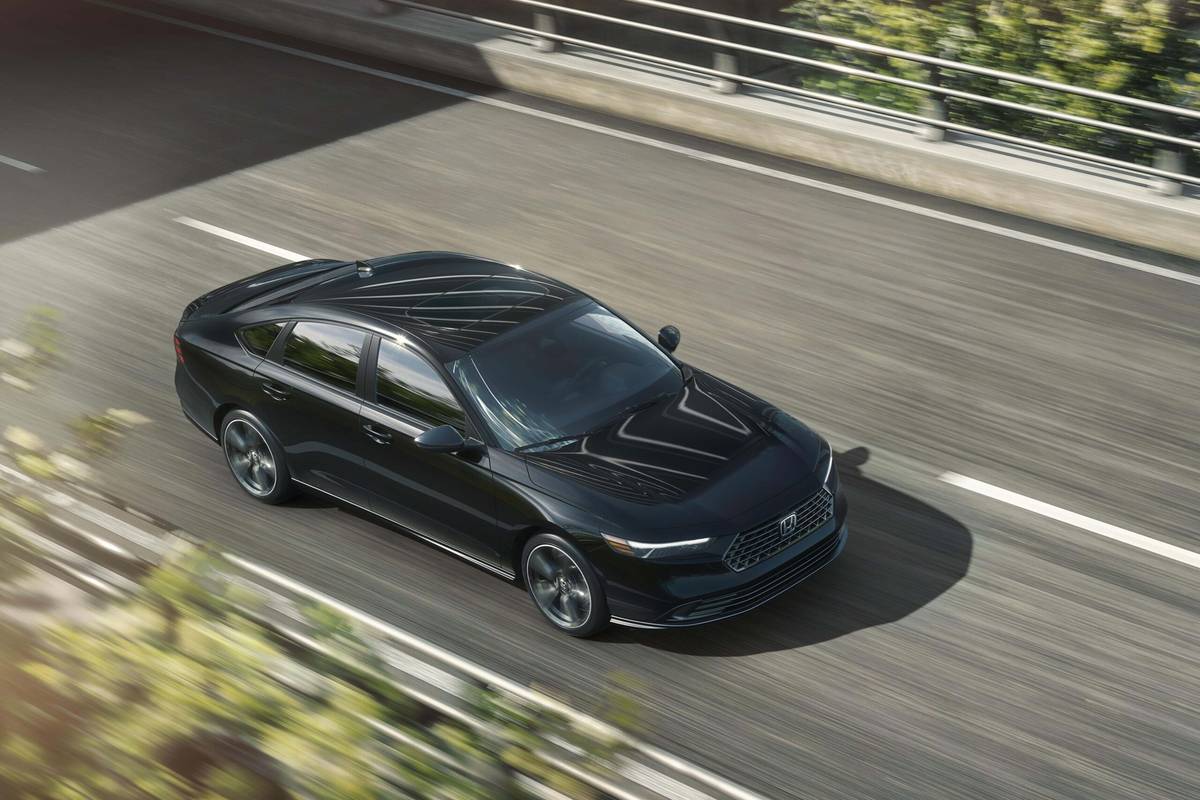washingtonpost.com's view
I was introduced to Maserati at a particularly bad time in the company’s often troubled history. It was 1989, the year Maserati joined Chrysler to launch the Chrysler TC by Maserati.
It was a match made in hell. Chrysler was an up again, down again American car company trying to rise up again, at least in prestige, by mating with a legendary Italian luxury brand. Maserati was a car company so down on its financial luck, it was willing to jump into a joint venture with anybody, including Chrysler.
The Chrysler TC by Maserati was the unhappy progeny of that unfortunate union. It was supposed to be a “halo” car, a sales magnet to pull buyers into Chrysler’s showrooms. But it was little more than a workaday Chrysler K-car wearing costume jewelry. It did nothing for Chrysler’s prestige and even less for Maserati’s bottom line. It went out of production in 1991.
Since then, for me, Maserati evoked thoughts of fallen grace. I paid little attention to the marque until last week when a group of Maserati executives rolled into the District with the 2007 Maserati Quattroporte Executive GT automatic sedan.
I had seen the car this year in the Luxury Row section of the North American International Auto Show in Detroit. It looked pretty, but I gave it scant notice, thinking that it was the motorized version of one of those once-splendid European castles that now take in day-tripping tourists for their upkeep but offer little in terms of useful or comfortable modern accommodations.
I was wrong.
That the car is beautiful is understatement. It is exquisite, a stunning work of art. Leather tanned and treated by Poltrona Frau, which produces some of the world’s most supple hides, covers the Quattroporte Executive GT’s seats front and rear. The wood inserts on the center console, dashboard and interior door panels are of the highest quality — in this case, mahogany with rosewood inlays.
The exterior by Italy’s Pininfarina represents automotive body sculpture at its best — clean, fluid lines moving from the unique trident-emblazoned grille up front to the car’s nicely tapered rear end.
It all has been put together perfectly, which is something that cannot be said of previous Maseratis, which often sacrificed fit-and-finish craftsmanship in favor of on-the-road performance. The new Maserati, judging from the overall quality of the tested Quattroporte Executive GT, sacrifices neither.
Instead, it probably is best to think of the Quattroporte Executive GT as a Ferrari with four doors and, when desired, with family-friendly manners.
The Maserati Quattroporte (four-door) Executive GT dismisses those notions. Mechanically, it is a collaborative work with Ferrari, using much of that company’s technology. Its 400-horsepower, all-aluminum, 32-valve V-8 engine employs four overhead camshafts and electronically controlled variable valve lift and timing to generate maximum power without commensurate consumption of fuel. The automatic transmission, which also can be shifted manually, can handle 339 pound-feet of torque — power from the engine to turn the rear drive wheels — 75 percent of which is available as low as 2,500 revolutions per minute, and the rest of which is deliverable at 4,250 rpm.
To put it simply, the car can move. And Maserati offers its DuoSelect transmission, an electronically controlled, Ferrari-derived, six-speed manual transmission as an option to help it move even faster.
But where the Maserati Quattroporte Executive GT differs from other exotic performance cars is that it can be used as an everyday driver. It also recognizes something that too many other exotic, high-performance cars ignore, which is that rich people have children, too. It has seats for a family of five.
Latest news



